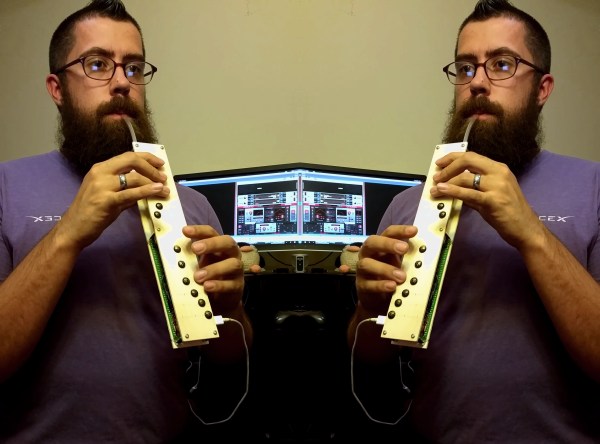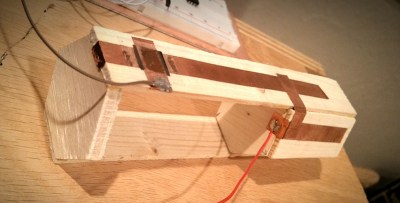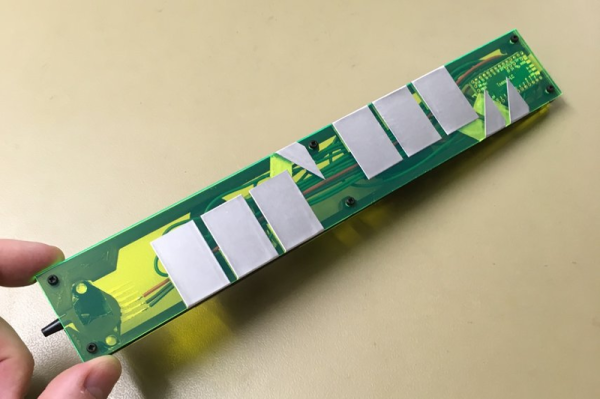When we think of MIDI devices, we typically jump straight to drum machines, rack synths, and keyboard controllers. However, there’s nothing saying you can’t build your own MIDI controllers that use the magic of breath to do their musical duty. That’s precisely what [Xavier Dumont] did with this unique 3D printed build.
The device looks somewhat like an alien ship from an animated 1960s sci-fi movie, but it’s actually a sophisticated MIDI controller. Naturally, it’s peppered with buttons as every good controller should be, and it features a touch-control strip on the back.
However, the real magic is in the breath control. When the user blows into the sensor, the device sends out MIDI signals of varying intensity to control the object of the player’s desire. The breath signal can be used to modulate the mod wheel, pitch bends, or octave shifts, among a variety of other options.
[Xavier] wields the instrument with prowess in the audio demos at the end of the video. We can imagine this futuristic thing being played by a background alien in a celebration scene in a far-flung Marvel movie. Or maybe Star Wars? In any case, a triumph.















